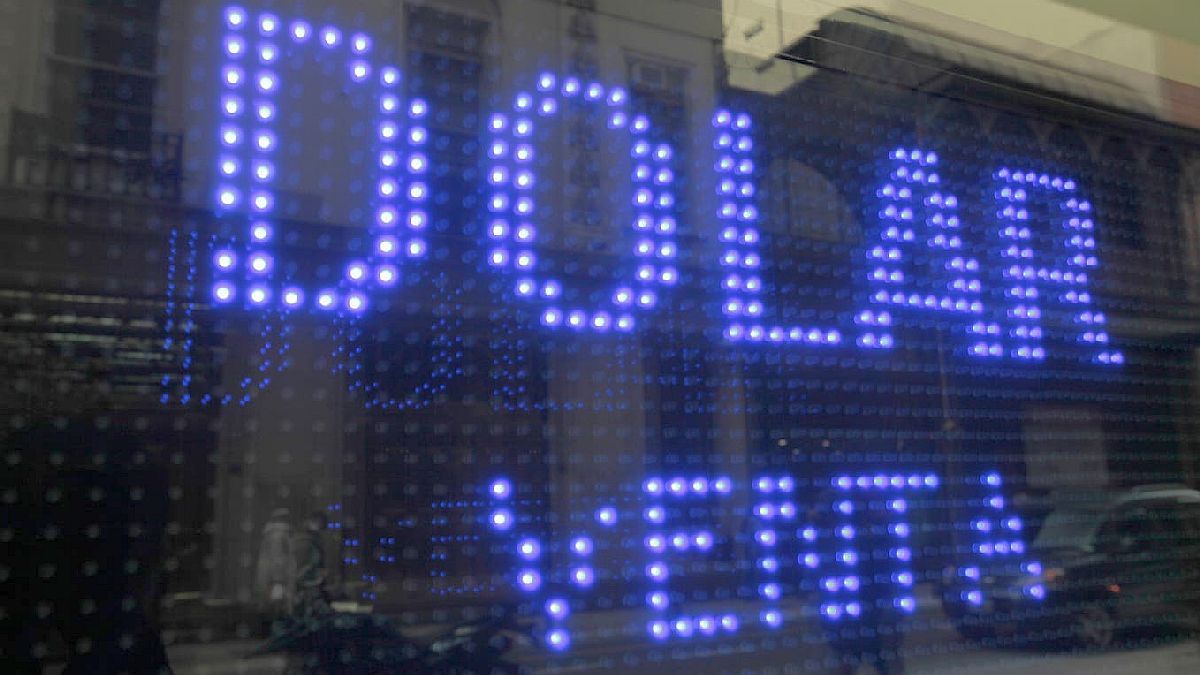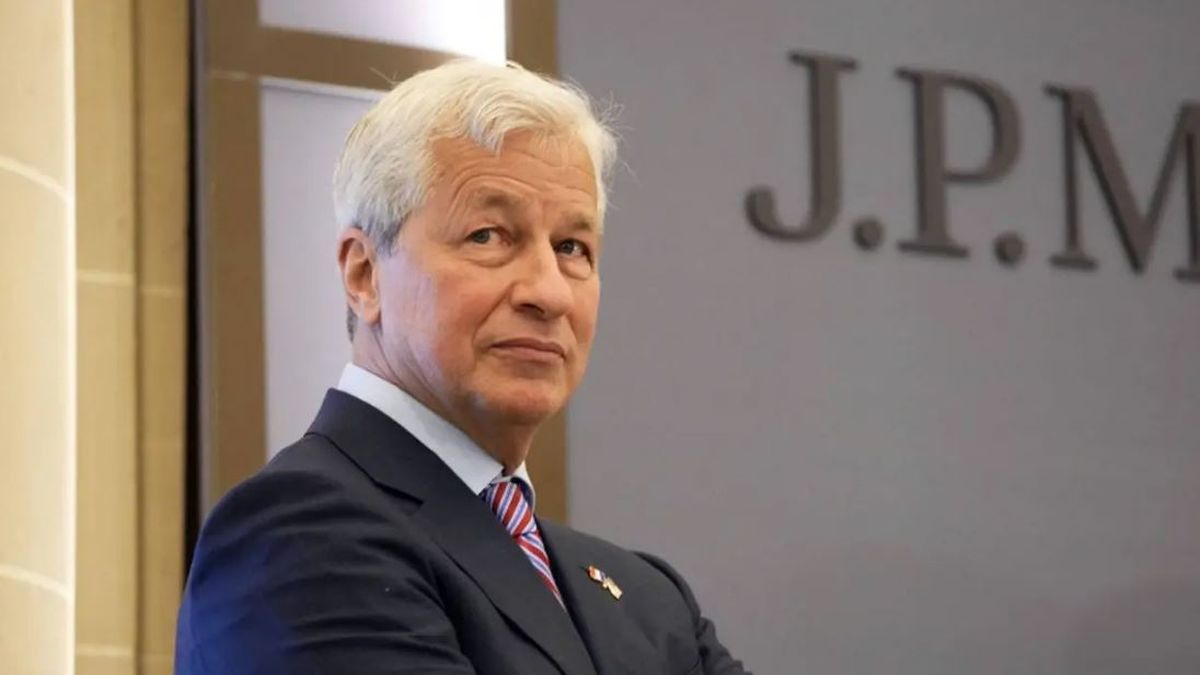Why do these factors explain today’s foreign exchange market?
Firstly, since the debt crisis in pesos in June 2022, the BCRA began issuing pesos through different “windows” and, accumulated over those 7 months (as of December 2022), pesos were issued for:
- 1.7 trillion to buy CER bonds and maintain their listing
- 2.7 billion to pay interest on Leliqs and Passes
- 1.6 trillion pesos to buy the dollars of the “Soybean Dollar ly ll”
In short, more than 6 trillion pesos (equivalent to 113% of the current monetary base) was injected. In part, this issue was “absorbed” by remunerated liabilities (leliqs and passes). However, sooner or later, this excess of pesos generates inflationary pressures and the exchange rate gap.
Effect of inflation on the blue dollar
As a second point, the inflationary acceleration affects the evolution of the blue dollar. In 2022, the blue rose 71.6%, the cash with settlement 68% and the stock dollar or MEP dollar 66% (in year-on-year terms).
Accumulated inflation, for its part, and end to end, was in the order of 94.8%. There was a strong delay of the blue dollar and the alternative dollars, with respect to inflation.
The current blue dollar is still far from crisis period levels. Let’s remember that with the post-pandemic opening, there was a spike in alternative dollars and the free dollar reached $195 (October 2020). If we bring that dollar to today’s prices, it is equivalent to a dollar of $645 pesos. Likewise, the free dollar jumped to $350 after the resignation of the economy minister. If we apply the accumulated inflation between July 2022 and January 2023, it gives us a price of $489 pesos.
Fall in demand for pesos
as third point, seasonally from mid-January and during February, the demand for pesos falls. After the payment of bonuses, vacations and extra bonuses, the public and private sectors demand more pesos and that leads to changing their positions to meet the obligations in pesos. This is reversed in the following months, with its impact.
Less currency supply
As a fourth point, there is a lower supply of banknotes (currency) after the provision that allows tourists and non-residents to access a dollar similar to the MEP to settle their consumption on credit and debit cards. In itself, the offer in the informal market was moderated with a growing demand.
The role of agrodollars
As a last factor, and perhaps the condition that will mark this year, is the liquidation of the “agro-dollars”. In 2021 and 2022, the liquidation was record due to the international prices of grains, especially soybeans.
In 2021, the settlement of foreign currency was US$32.800 million and, in 2022, the inflow of agro-dollars was US$40.438 million (+23% year-on-year), driven by the rise in prices and the advance dollars allowed by the Soybean Dollar 1 and ll (according to the Chamber of the Oil Industry of the Argentine Republic – CIARA).
In 2023, it is very likely that the liquidation will show a significant drop due to the effect of the drought. According to Bag of Rosario Cereals, the estimate of losses in terms of liquidation of agro-dollars would reach US$10.700 million. If this forecast becomes effective, it jeopardizes the fulfillment of the reserve accumulation goal by the BCRA, triggering devaluation expectations in a scenario of a shortage of dollars.
Federico Pablo Vacalebre is a professor at the CEMA University
Source: Ambito
David William is a talented author who has made a name for himself in the world of writing. He is a professional author who writes on a wide range of topics, from general interest to opinion news. David is currently working as a writer at 24 hours worlds where he brings his unique perspective and in-depth research to his articles, making them both informative and engaging.




